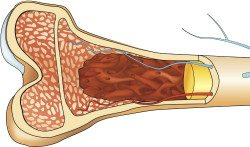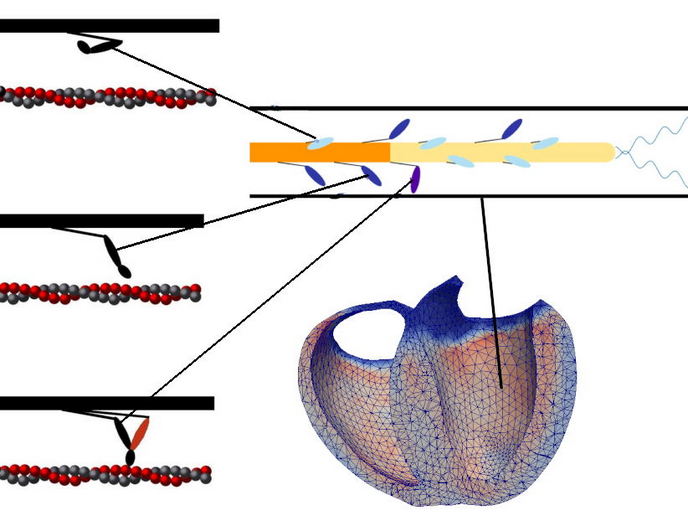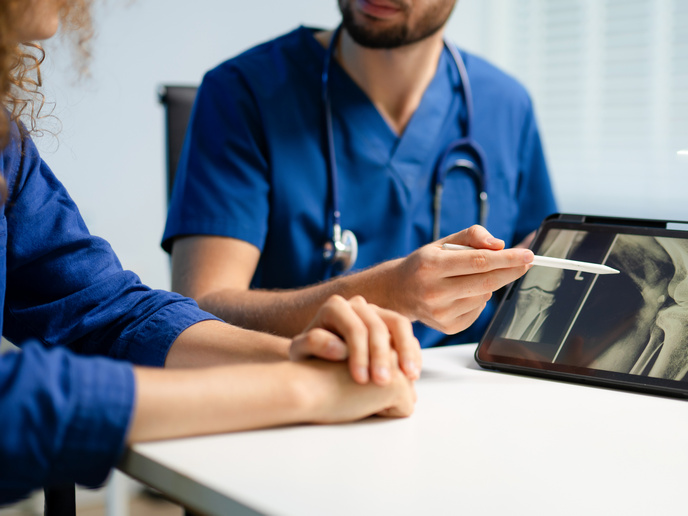Innovative bone repair solutions
Developing suitable implants is difficult as the 'one size fits all' approach doesn't work. Besides design complexity, other issues include infection and biomaterials' fabrication. Advanced biomaterials and rapid prototyping (RP) technologies to optimise bone repair are urgently needed for better patient outcomes. EU and Chinese researchers on the RAPIDOS(opens in new window) (Rapid prototyping of custom-made bone-forming tissue engineering constructs) project made significant progress with regard to developing patient-specific bone repair solutions using bioactive biomaterial scaffolds. They used techniques such as stereolithography and low temperature RP, and successfully fabricated implant scaffolds. During the first project period, researchers developed a clinical computerised tomography imaging process technology workflow that allows surgeons to design, evaluate and further optimise patient-specific implants. In parallel, they worked on optimising internal bone macroarchitecture through composite formulations that contain tissue regenerative calcium phosphate and bactericidal magnesium. To ensure tissue regeneration, RAPIDOS prepared drug delivery vehicles in the form of biodegradable polymeric nanofibres and microspheres loaded with icaritin, a Chinese phytomolecule with osteogenic potential. In vitro and in vivo studies have demonstrated the benefits of magnesium and icaritin in implants. The plan is to incorporate these into the photo-polymerisable resin formulation to develop bioactive tissue regenerative scaffolds. Already, project activities have resulted in eight peer-reviewed manuscripts and the filing of a patent. RAPIDOS results also contributed to the creation of a spin-off company that will produce novel biomaterials. Globally, the bone graft market is worth several billions of dollars, with the highest demand found in Asian countries like China and India followed by Europe. Successful optimisation and validation of RAPIDOS bone repair solutions that are regenerative and anti-infective should enhance the research visibility and competitiveness of European companies in this sector. Applications include treatment of patients with non-healing fractures to promote recovery – particularly useful for Europe's rapidly ageing population.







